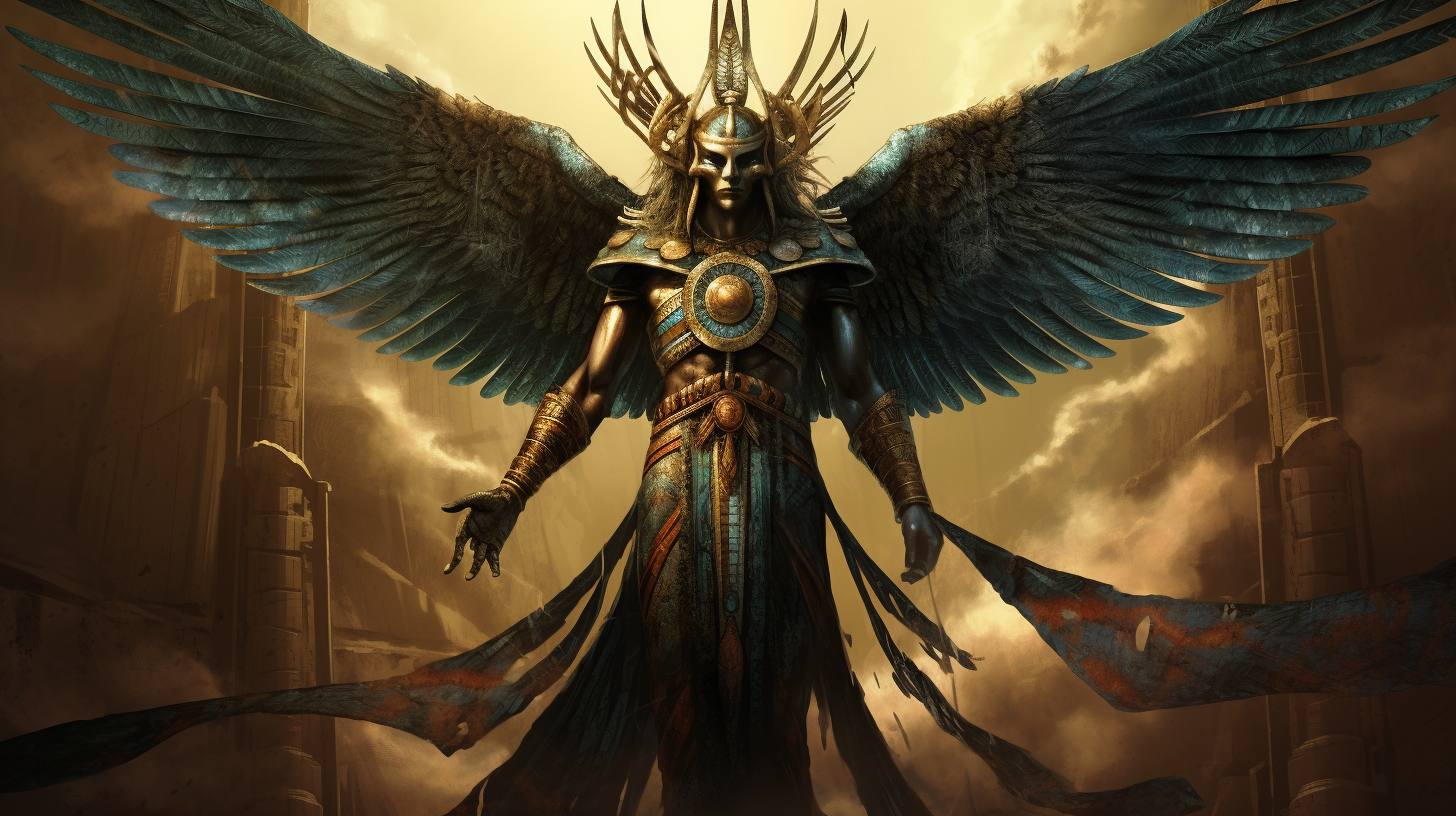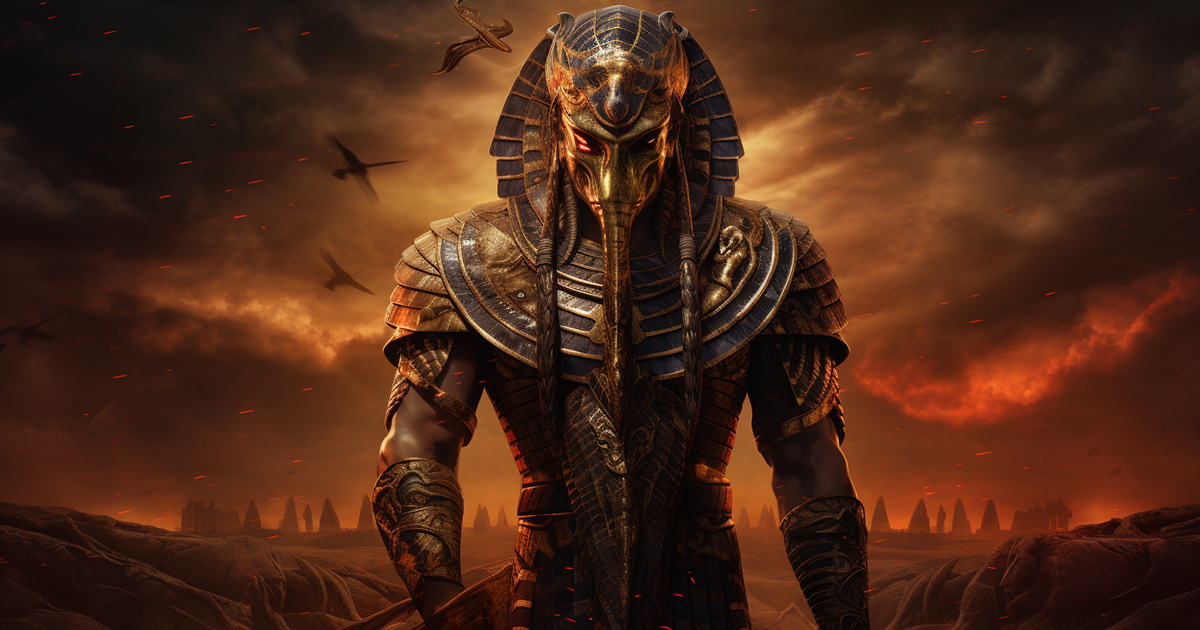Amidst the captivating allure of ancient Egyptian civilization, with its remarkable architectural wonders and intricate hieroglyphics, historians and archaeologists find themselves continually enchanted. Beneath the well-known facades of pyramids and pharaohs lies an intriguing aspect of Egyptian culture – their cosmic beliefs and profound ties to the celestial realm.
At the heart of Egyptian mythology stands Ra, a mysterious deity of utmost significance within their spiritual framework. According to ancient tales, Ra descended from the realms above, his origins interwoven with the twinkling stars. This divine connection between Ra and the cosmos formed the bedrock of their religious convictions. But who truly was Ra, and what mysteries lay within his celestial genesis?
Ra, often depicted as a sun god, embodied the life-giving and nurturing qualities associated with the sun. Egyptians observed Ra’s daily voyage across the sky and his perilous journey through the underworld at night, only to emerge anew with each dawn. His celestial essence radiated through his affiliation with the sun, a cosmic entity revered for its bestowal of light, warmth, and vitality upon the world.

However, Ra was not the solitary celestial being in Egyptian lore. The Neteru, another enigmatic facet of their belief system, adds layers of complexity to the cosmic tale. Adorned with wings, these beings were believed to have descended from celestial realms, their connection to the heavens symbolizing divine lineage and extraordinary abilities.
The concept of celestial deities and beings descending from the stars sparks fascinating inquiries into the depths of ancient Egyptian beliefs. Did they possess astronomical wisdom that guided their convictions? Or were these myths allegorical representations of their profound spirituality?
It is imperative to acknowledge that ancient Egyptians shared a deep bond with the natural world and its governing celestial bodies. The sun, moon, and stars dictated their agricultural practices, religious rites, and even architectural endeavors.
While the veils shrouding the cosmic beliefs of ancient Egyptians may remain enigmatic, their mythology intricately interwoven with celestial phenomena. Their veneration of Ra and the Neteru underscores an intimate connection with the heavens and a desire to comprehend the universe’s mysteries.
In essence, the belief in celestial gods like Ra and the Neteru adds an additional layer of allure to the captivating tapestry of ancient Egyptian civilization. These myths exemplify their reverence for the cosmos and their profound spiritual rapport with the celestial expanse. As the exploration of Egyptian history persists, deeper revelations concerning their cosmic beliefs and their influence on shaping their society may come to the fore.
